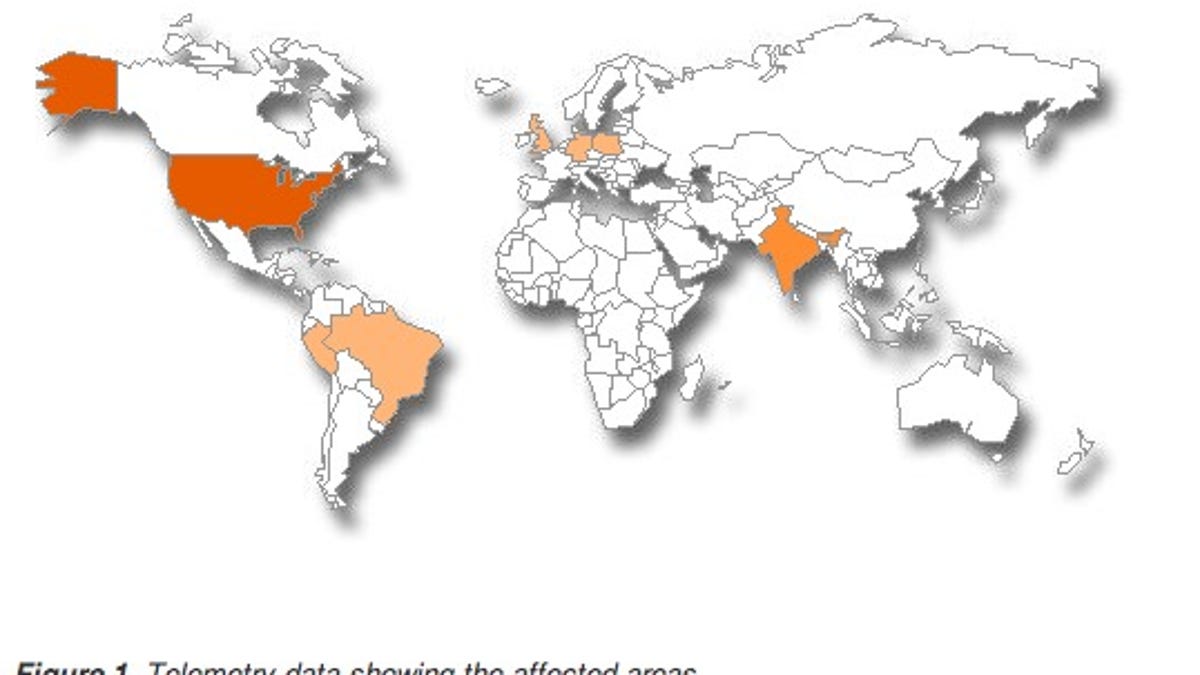Is your printer spewing gibberish? Could be malware
Symantec says mystery printer mishaps are a side effect of malware designed to get eyeballs on ads.

Over the last few weeks, companies around the globe have been reporting that their print servers are emptying paper trays by printing endless pages of meaningless characters. Symantec now says malware may be to blame.
Dubbed Trojan.Milicenso, the malware targets Windows-based computers and can spread through malicious e-mail attachments or visiting Web sites hosting malicious scripts, including fake codecs, Symantec said in a blog post yesterday. It has infected computers primarily in the U.S. and India, but also in Brazil, the U.K. and other countries in Europe and South America.
"Our telemetry data has shown the worst hit regions were the US and India followed by regions in Europe and South America," Symantec said. "We originally encountered Trojan.Milicenso in 2010 and our initial investigation had shown that this was basically a malware delivery vehicle for hire. The payload that is most commonly associated with this latest version is Adware.Eorezo; an adware targeting French speaking users."
Although the malware appears to have been designed to direct computers to pages that have advertisements, a side effect in some networks is that it triggers massive print jobs. "Based on what we have discovered so far, the garbled printouts appear to be a side effect of the infection vector rather an intentional goal of the author," according to Symantec.
